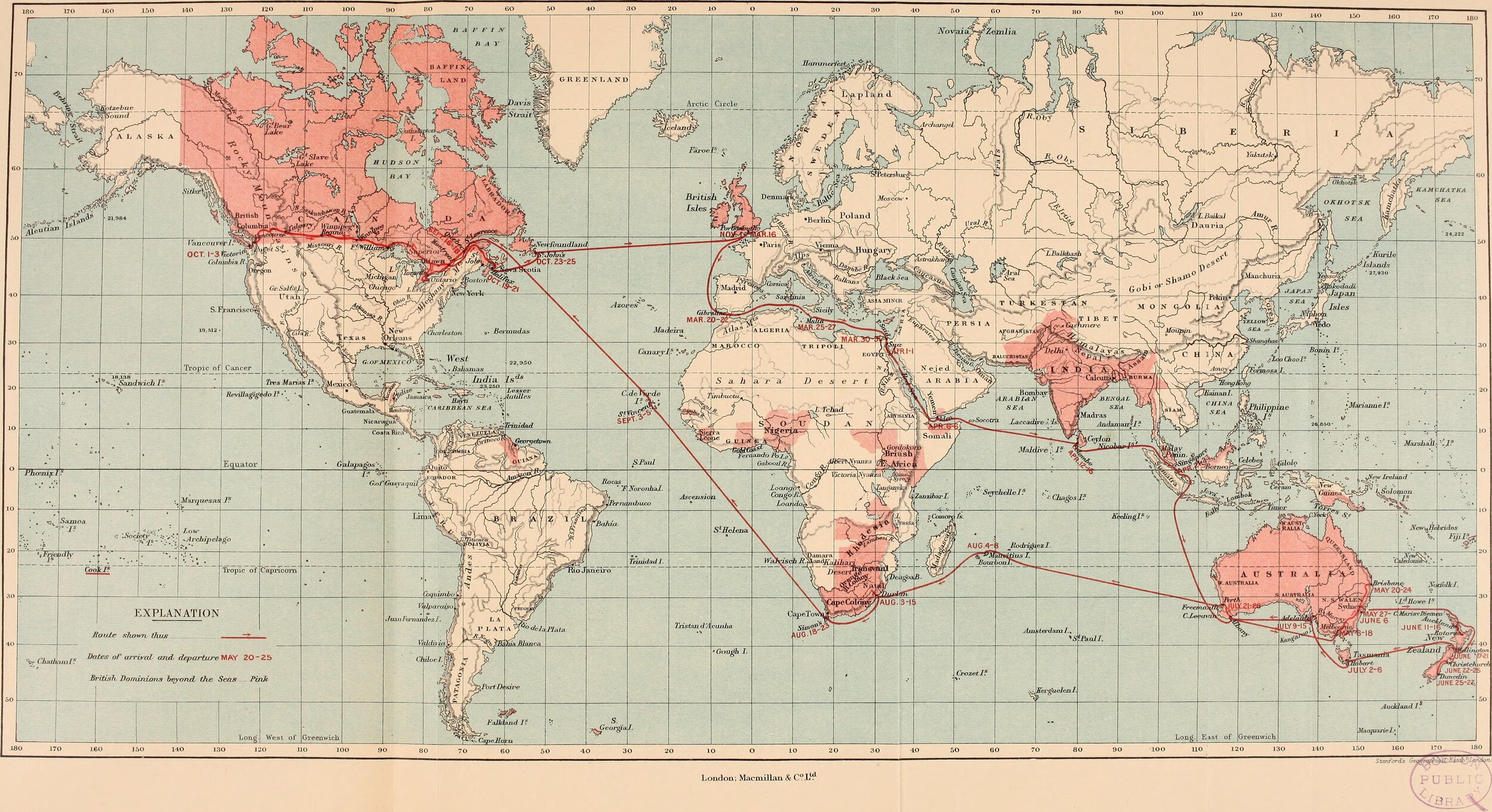
Part 5:
1945 to 2020: The Big Picture
#75 The New Economic Normality 1971-2020: The Market and Neo-Liberalism
The essence of free-market ideology since the first half of the 19th century until now has been that competing firms were efficient and represented the best way to run society. Governments would overspend; organised labour is selfish; barriers to the movement of capital services and labour should be reduced to the minimum. This is neo-liberalism in a nutshell. The reality is, of course, very different, as firms tend to move to monopoly or oligopoly, and so inequality increases. This is not the place to expand the argument into economic theory. Neo-liberal economics has been widely practised across the world for the last 50 years.
#74 New Freedoms: the European Union before Neo-liberalism
The trades unions were freed after 1945 as never before, or since. From 1971, Trades Union freedoms were curtailed by Governments across Europe. After 1945, for the first time, trades unions became involved in the discussion of wage increases, they sat on board on national industrial policies. The Union movement that had first appeared on national scenes in the latter part of the 19th century was suddenly freed from the shackles of government legislation. And for a while, Union leaders thought this was to be the new normal. Over 25 years, there was a great expansion of militant trade union activity.
#62 Independence, Democracy Freedom from Colonial Rule
All the old colonialist powers in Europe lost global power. After 1945, the USA consciously decided that it had a ‘competitive advantage’ over all other states. She was sufficiently strong economically that she did not need colonies to take a globally dominant position. During her discussions with Britain in 1943, she laid down that one of her prime conditions for the peace was that all colonised countries were to be open to USA trade. By 1945, the USA was sufficiently powerful to enforce this decision against the wishes of the older colonising powers in Europe and Japan.
#61 Global Structural Change 1945 -2020
Here I illustrate the broad outlines of the political framework determined by US policy, followed by the economic framework determined by global events. Some of these events were somewhat outside of the US control. Events like the attack on the Twin Towers in New York, or the collapse of the USSR, were of course outside direct US control. But once they happened, the US policy that followed had global consequences. Over these 70 plus years, the USA has been by far the most dominant power on the planet, hence global structural change has been directed by Washington.
Please don’t gasp with fury at what might at first appear to be a gross overstatement. As time elapsed after 1945, other powers, like China began to play an ever-greater role in world affairs. My job here is to illustrate the big picture on a global scale and you will see how powerful the USA was in 1945, slowly declining as time moved on.
#60 World Power: the Birds-eye View of Major Change
Perhaps the most important historical global change after the defeat of Germany and Japan in 1945 was the USA taking over world power.




